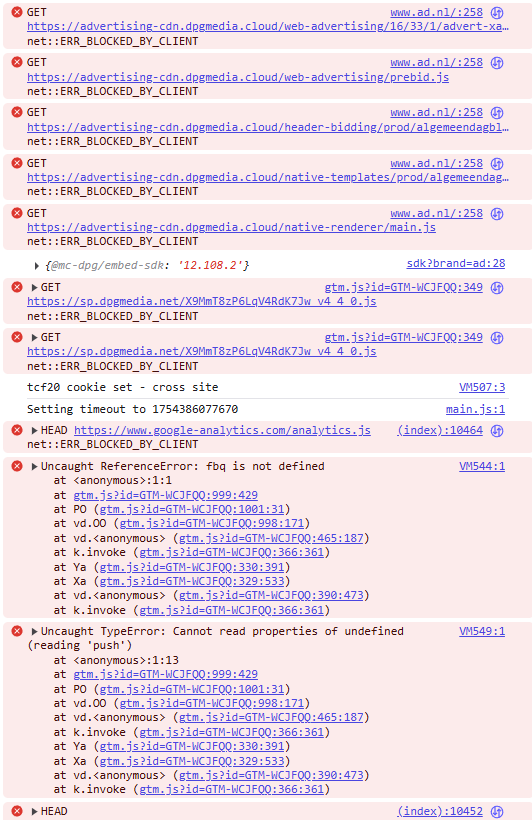
John Vanderaart is back to work after the holiday troubles. And he presents this column called Van de Naald. The subject? SaaS!
I have been making SaaS software for more than 25 years, just ‘Software as a Service’. A SaaS application is therefore a website that is disguised as an application or vice versa: an application that is disguised as a website. In the last 25 years, just about everything has become Saaas. Only … Saas = internet = dangerous.
Anyone who consults the media, who knows that just about everything can be hacked and he also knows that – given what is currently going on in the world, it is very strongly hacked. If it is not to collect information, then it is to sow unrest. With this in mind, it makes sense that Saas software is becoming more and more tight. With a login name and a password you will not get in (if all goes well) nowadays.
But it gets ‘worse’, because Saas has a frontend side (in the web browser) and a backend side (on the web server). At the moment the makers of the web browsers are busy squeezing the frontend a little harder, which should result in less logic in the web browser and more logic on the web server. That is a good thought, because – as a programmer – you have the backend in the hand and from the frontend you have to wait and see who is behind the buttons.
Well, that ‘squeezing’ of that frontend will have consequences. Don’t be surprised if some older SaaS applications suddenly no longer work. Also don’t be surprised if an existing SaaS application (after it has been updated and re-compiled) goes into strike.
A small finger exercise for the HCC person. Press F12 and then go to the tab Console. Take a look in the background to get an idea of all the security issues that are currently playing. Often signaling, sometimes warning, in (now) some cases even blocking.

Example of what you can see after using the F12 key

The hacker never sleeps people. That is why the web browsers are closed to prevent easy abuse